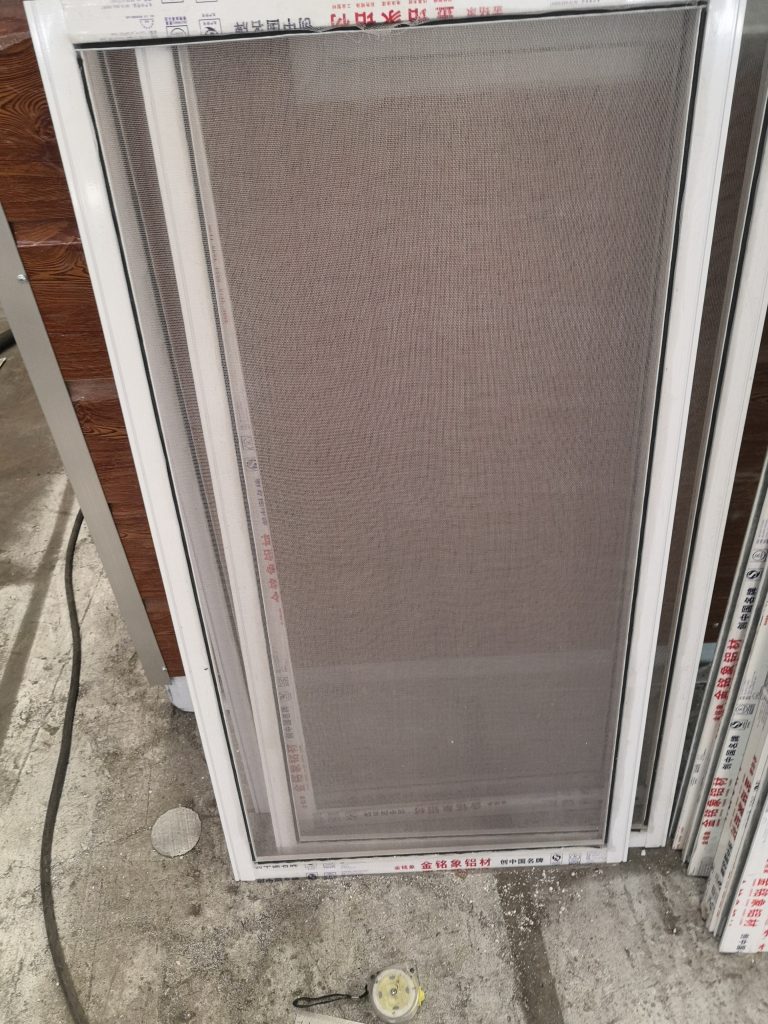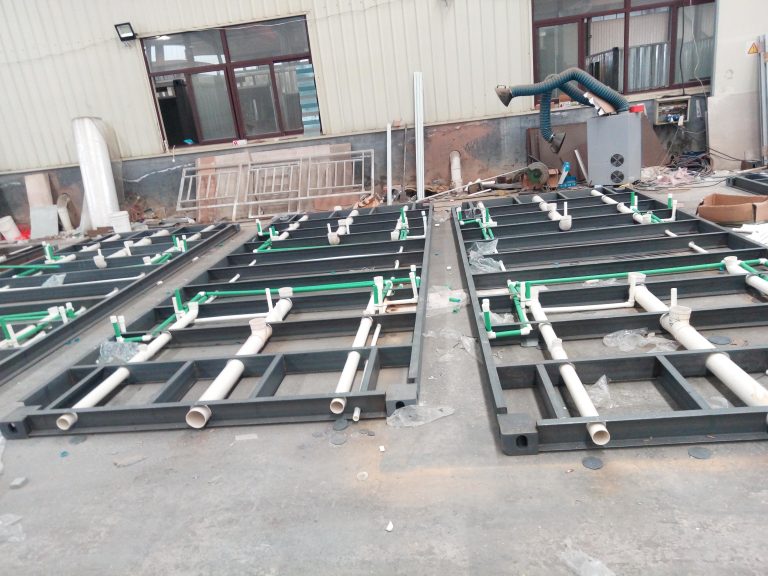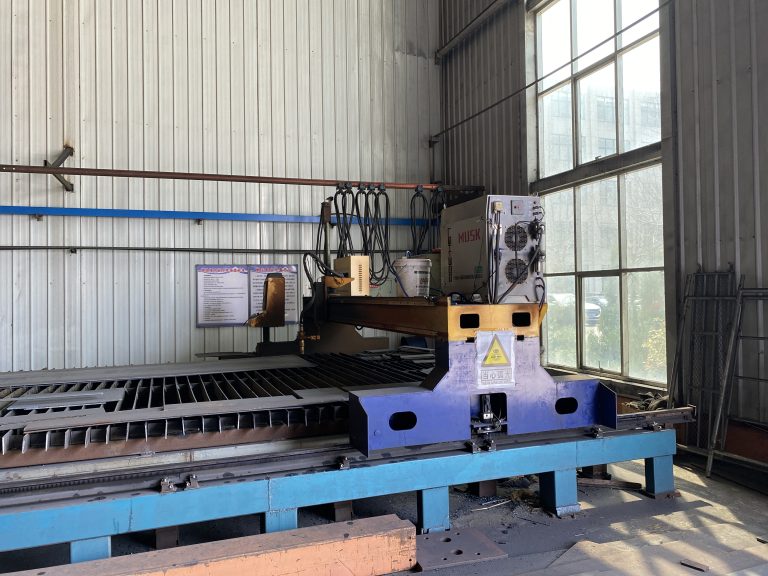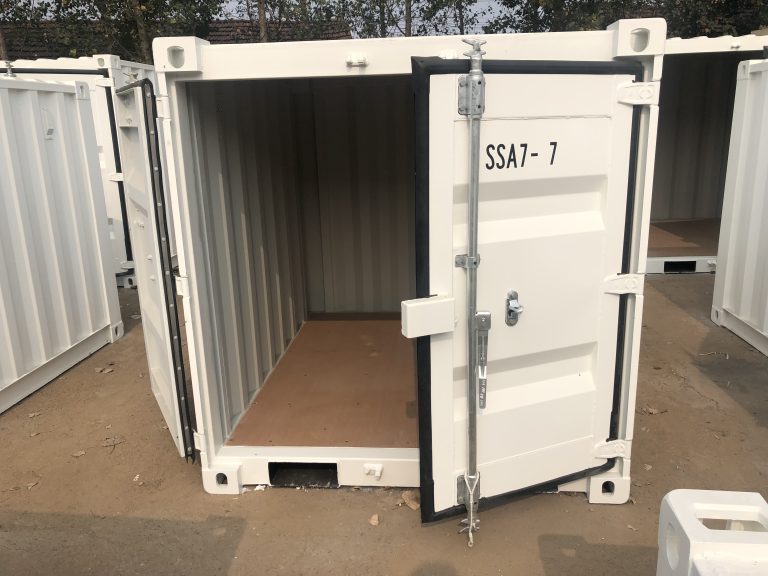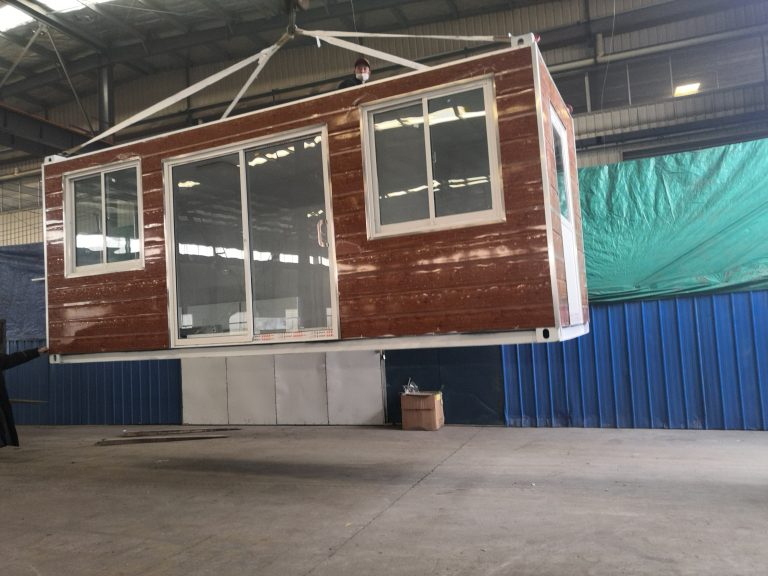Special design considerations and construction techniques for steel structure engineering in Marine environment
Table of Contents
Corrosion Protection Methods for Steel Structures in Marine Environments
Steel structures are commonly used in marine environments due to their strength, durability, and resistance to harsh conditions. However, designing and constructing steel structures in marine environments require special considerations to protect against corrosion and ensure longevity. In this article, we will discuss some important design considerations and construction techniques for steel structure engineering in marine environments.
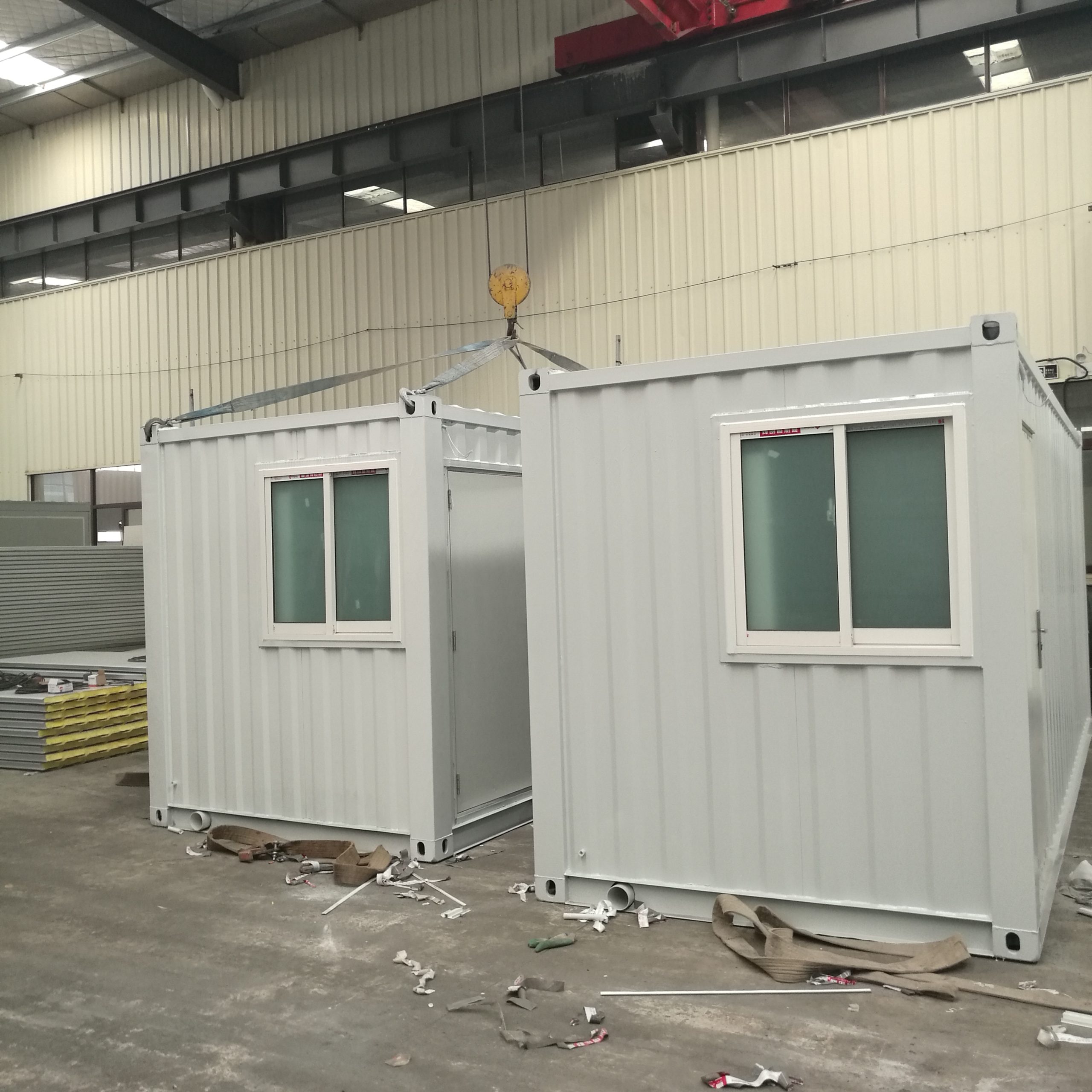
One of the most critical factors to consider when designing steel structures for marine environments is corrosion protection. The high levels of moisture, salt, and other corrosive elements present in marine environments can accelerate the corrosion process, leading to structural degradation and potential safety hazards. To combat this, various corrosion protection methods can be employed to extend the lifespan of steel structures in marine environments.
One common method of corrosion protection for steel structures in marine environments is the use of protective coatings. These coatings act as a barrier between the steel surface and the corrosive elements in the environment, preventing direct contact and inhibiting the corrosion process. Epoxy, polyurethane, and zinc-rich coatings are commonly used for this purpose, providing excellent protection against corrosion in marine environments.
In addition to protective coatings, cathodic protection is another effective method for preventing corrosion in steel structures in marine environments. Cathodic protection works by applying a sacrificial anode or impressed current to the steel structure, which helps to neutralize the corrosive reactions that occur on the steel surface. This method is particularly effective for submerged or buried steel structures in marine environments, where direct application of protective coatings may be challenging.
When it comes to construction techniques for steel structures in marine environments, proper detailing and joint design are crucial to ensure structural integrity and longevity. Special attention should be paid to the connections between steel members, as these areas are particularly vulnerable to corrosion and structural failure. Welded connections should be properly designed and executed to minimize the risk of corrosion, while bolted connections should be protected with appropriate coatings or sealants to prevent water ingress.
Another important consideration in the construction of steel structures in marine environments is the selection of materials. Stainless steel or galvanized steel are often preferred for marine applications due to their enhanced corrosion resistance properties. These materials are better equipped to withstand the harsh conditions present in marine environments, reducing the risk of corrosion and extending the lifespan of the steel structure.
Proper maintenance and inspection are also essential for ensuring the longevity of steel structures in marine environments. Regular inspections should be conducted to identify any signs of corrosion or structural degradation, allowing for timely repairs and maintenance to be carried out. In addition, routine cleaning and maintenance of protective coatings can help to prolong their effectiveness and prevent corrosion from occurring.
In conclusion, designing and constructing steel structures in marine environments require special considerations to protect against corrosion and ensure longevity. By employing effective corrosion protection methods, proper construction techniques, and regular maintenance, steel structures can withstand the harsh conditions of marine environments and provide reliable performance for years to come.
Impact of Wave Loads on Steel Structures in Marine Environments
Steel structures in marine environments face unique challenges due to the harsh conditions they are exposed to, such as wave loads. These loads can have a significant impact on the design and construction of steel structures, requiring special considerations and techniques to ensure their durability and safety.
One of the key factors to consider when designing steel structures in marine environments is the dynamic nature of wave loads. Waves can exert varying forces on a structure, depending on factors such as wave height, frequency, and direction. These forces can cause structural fatigue and ultimately lead to failure if not properly accounted for in the design.
To mitigate the effects of wave loads, engineers must carefully analyze the structural response of the steel structure to waves. This involves conducting detailed simulations and calculations to determine the most critical load cases and design the structure accordingly. Special attention must be paid to factors such as wave-induced vibrations, resonance effects, and wave run-up, which can all contribute to increased stresses on the structure.
In addition to the dynamic nature of wave loads, the corrosive nature of the marine environment poses another challenge for steel structures. Saltwater can accelerate the corrosion of steel, leading to premature deterioration and structural failure. To combat this, engineers must select appropriate materials and coatings that are resistant to corrosion and can withstand the harsh marine conditions.
One common technique used to protect steel structures in marine environments is the application of protective coatings, such as epoxy or zinc coatings. These coatings act as a barrier between the steel and the corrosive environment, preventing the formation of rust and extending the lifespan of the structure. Regular maintenance and inspection of these coatings are also essential to ensure their effectiveness over time.
Another important consideration for steel structures in marine environments is the design of the foundation. The foundation must be able to withstand the dynamic forces exerted by waves and provide a stable base for the structure. Pile foundations are often used for offshore structures, as they can penetrate deep into the seabed and provide the necessary support and stability.
In conclusion, designing and constructing steel structures in marine environments requires special considerations and techniques to ensure their durability and safety. Engineers must carefully analyze the dynamic nature of wave loads, protect against corrosion, and design a strong foundation to withstand the harsh conditions of the marine environment. By taking these factors into account, steel structures can be built to withstand the challenges of the sea and provide long-lasting performance.

